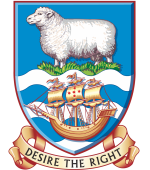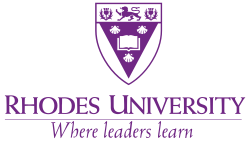Recruitment and ontogenetic migration pathways for juvenile Patagonian toothfish (Dissostichus eleginoides) using otolith elemental profiles |
|
|
Information on early life-history remains an elusive, yet critical period for many deep-sea fish species. This is particularly true for Patagonian toothfish (Dissostichus eleginoides) which possess a protracted egg and larval phase, distinct spawning areas, and spatial-temporal variability in their nursery areas that occur on the shelf around the Falkand Islands. The timing, duration and source of recruitment, and the role that this plays in their subsequent ontogenetic migration into the adult population needs to be better understood for improved management. In the current study, longitudinal analyses of otolith microstructure and associated trace elemental composition are being analysed for (1) newly settled recruits, and (2) progressive cohorts from key regions of abundance. A mixed modelling approach implemented within a Bayesian framework will be used to characterise individual elemental profiles and identify trends within and amongst these. The results of this study should provide us with an improved understanding of the population structure of Patagonian toothfish across the shelf regions around the Falkland Islands. Specifically, this information should assist in determining what may drive variability in recruitment patterns of juvenile toothfish; and to improve our understanding of the subsequent population linkages that occur during their ontogenetic migration pathways across the shelf into deeper waters along the Patagonian slope. Results may be useful in the identification of regions of relative importance or management units, and the development of appropriate measures to ensure the continued sustainable management of the Falkland Islands toothfish fishery. This study is being undertaken to address Objective #3 of the scientific plan, namely studies on the distribution and migration of juvenile toothfish on the Falkland Shelf. |
ScientistsBrendon Lee Alexander Arkhipkin Haseeb Randhawa Will Brownscombe
Associated institutesDepartment of Ichthyology and Fisheries Science, Rhodes University Natural History Museum, London
|
|
|


